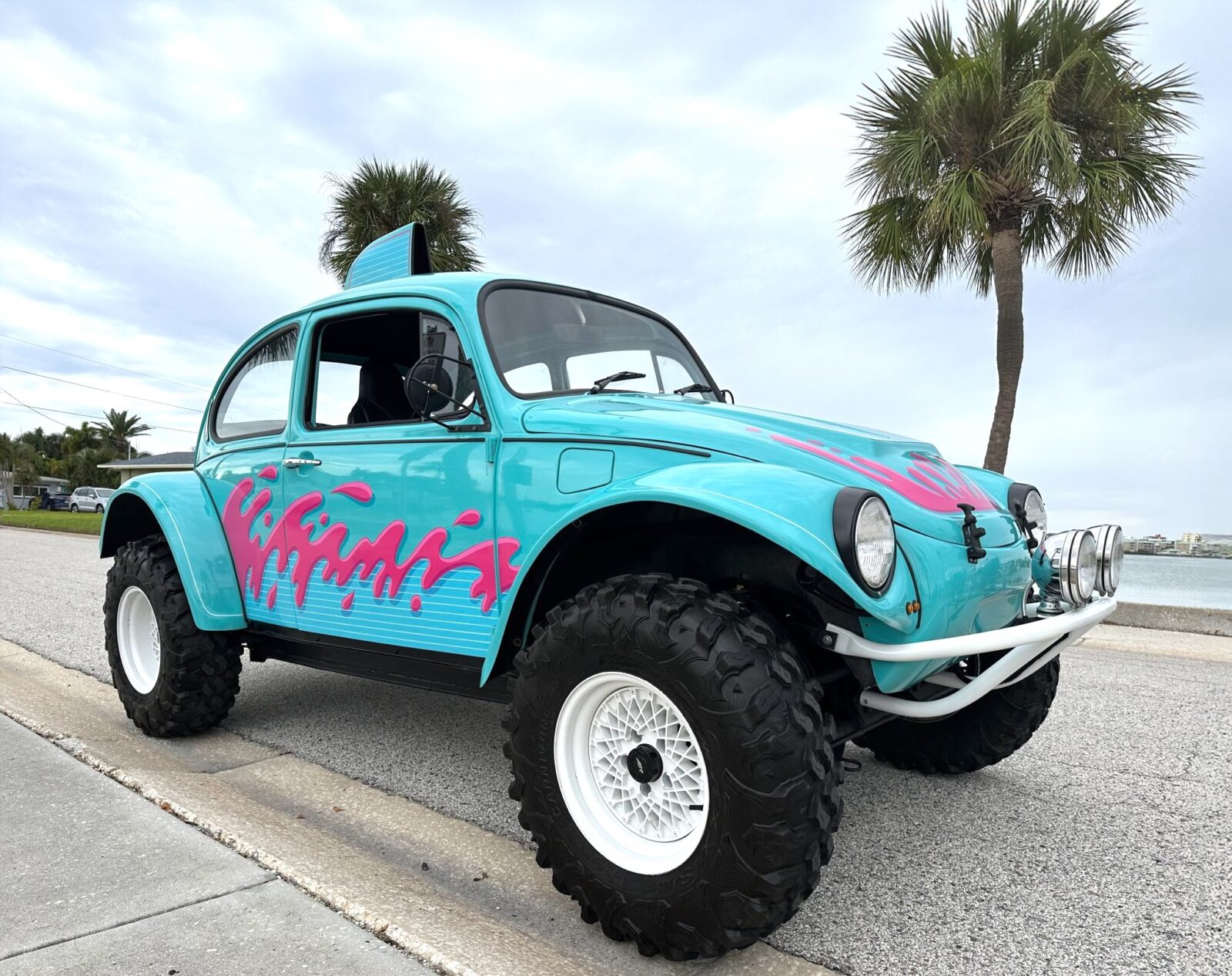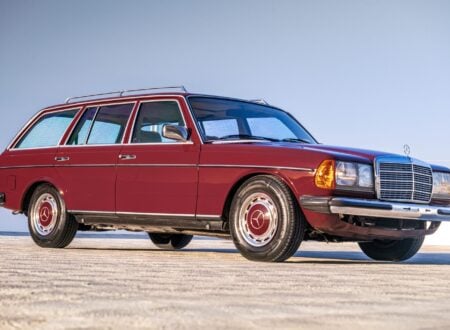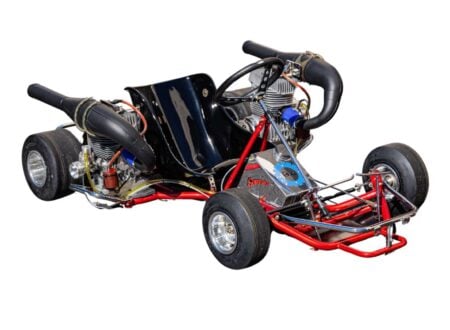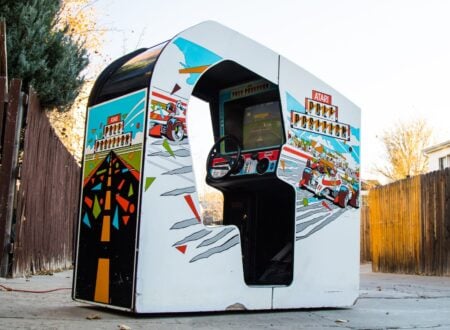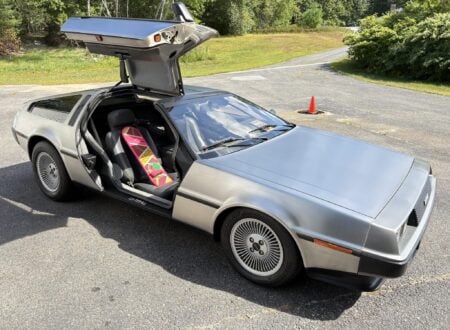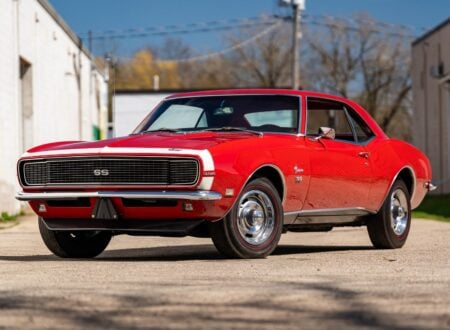This 1972 Volkswagen Beetle underwent a rebuild that was completed in early 2023 to turn it into a well-equipped Baja Bug ready for some off-road fun.
We don’t often see forced induction fitted to Beetles, this example has a Berry’s Blowers supercharger added as well as a side draft carburetor. The intake charge is blown straight into the engine with no intercooler, and the engine has a remote oil cooler to help moderate temperatures.
Fast Facts – A Supercharged 1972 Baja Bug
- The Baja Bug was first invented in Southern California in the 1960s. Desert racers would take VW Beetles, which were exceedingly cheap to buy at the time, and modify them for off-road competition with lifted suspension, engine upgrades, and revised bodywork.
- The popularity of the Baja Bug took off seemingly overnight, thanks in no small part to their affordability and how easy they were to build. Before long Baja Bugs were dominating the world of off road racing, and today many major off road races have dedicated classes just for Beetles.
- The Baja Bug you see in this article was built recently, in fact the build was only just completed in early 2023. It’s fitted with significant upgraded suspension front and back, 31″ off road tires, a stripped out interior with only the bare essentials, a roof air intake, and a significantly uprated engine.
- In the engine bay you’ll find a newly rebuilt 1.6 liter VW Beetle flat-four fitted with a Berry’s Blowers supercharger kit which includes the supercharger, pulley, belt, side draft carburetor, and air filter. These kits significantly improve the performance of the original Beetle engine, without any turbo lag.
What Is A Baja Bug?
Exactly what constitutes a Baja Bug has been endlessly debated however a general consensus could probably be reached around a description like this: a Baja Bug is a VW Beetle that has been rebuilt for off road use or off road racing, with lifted suspension, an upgraded engine, and modified bodywork to suit.
Above Video: This YouTube clip showcases the Beetle and the Baja Bug in particular, showing them being used off road.
Baja Bugs first began appearing in Southern California in the 1960s. No one knows who built the first one, it was more of an evolutionary process. Desert racing, on both four wheels and two, was a sport that had enjoyed explosive growth in the 1950s and into the 1960s, and the Beetle was a surprisingly capable little car off road, once you made a few relatively simple modifications.
Most Baja Bugs were bought secondhand, Beetles were absurdly cheap in the 1960s, which no doubt contributed to the surge in people using them for racing, and as donor cars for Meyers Manx dune buggies.
Once a person decides they want to build a Baja Bug their first order of business is, predictably, to buy a Beetle. Most aim for the 1600cc version rather than the smaller engines used on many earlier models, though engine swaps are exceedingly common also.
Many Baja Bug builders fit longer travel off road suspension kits which can be bought online, and body modifications are also common with front and rear wings being replaced with smaller fiberglass units, fiberglass hoods and engine lids are also common due to the weight savings they bring.
Most will strip out the interior to get it as basic (and light weight) as possible, with minimal carpeting and door cards, with no rear seats or headlining required. A simple interior tends to be best, with two racing bucket seats, harnesses, a steering wheel, three pedals, and a shifter. And maybe a roll cage.
Some desert racing events have dedicated classes for Baja Bugs, like the Baja 1000 for example. Depending on whether a Baja Bug is going to be raced, and if so which class it’s intended for, the engine modifications can be planned.
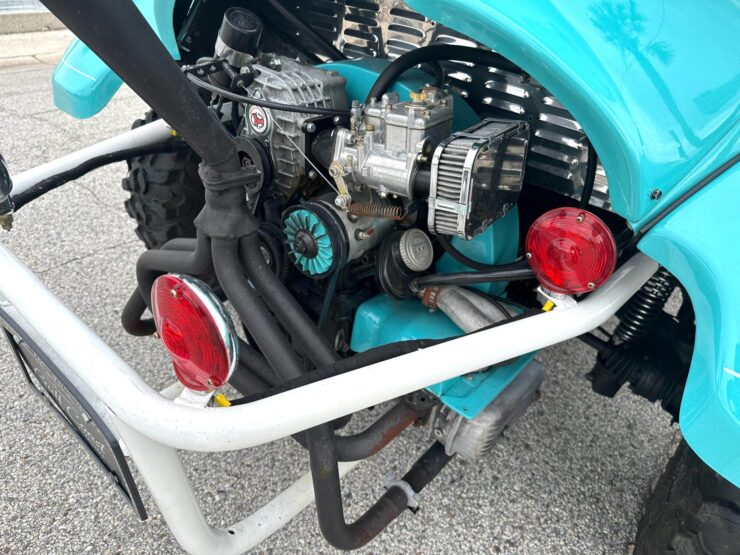

Some classes allow essentially no engine modifications at all, others are a little more flexible, and some are unlimited. Many Baja Bugs have some level of engine modifications applied, from simple cam and carburetor upgrades right the way through to purpose built engines that are bored and stroked, given forced induction, dual carburetors, hot cams, high compression pistons, and more.
For those looking to get into competing at an amateur level in events like the Baja 1000, the most cost effective starting point is typically a secondhand Baja Bug – all the work has been done already and there’s nothing left to do but race the car and maintain it.
The Supercharged Baja Bug Shown Here
The vehicle you see here is a freshly build Baja Bug that was only just completed earlier this year. It started life as a 1972 VW Beetle but it’s now been completely transformed. The original engine was removed and replaced with a rebuilt 1600cc Beetle flat-four, the car retains the correct 4-speed manual transmission.
As mentioned higher up, the engine has been fitted with a Berry’s Blowers supercharger as well as a side draft carburetor. There’s no mention of the boost level it’s currently running but it’s likely to be on the more modest side of things as it doesn’t have an intercooler fitted.
Off road specification lifted suspension has been fitted front and back as well as adjustable coilovers. The car now rides on multi-piece AME 15” mesh wheels which are fitted with 31×10.00” Maxxis Carnivore ML1 tires.
Inside the car you’ll find fixed-back front bucket seats with lap belts, an aluminum dashboard fascia and door cards, a T-handle shifter, simple black carpeting, and a four-spoke steering wheel with a Wolfsburg-crest horn button.


The car has been finished with an eye-catching 1980s-style paint scheme consisting of a bright turquoise base color with pink graphics down either side. An air scoop is fitted to the roof to channel cool air into the oil cooler, to help the engine avoid overheating when you’re out in the desert.
If you’d like to read more about this unusual Baja Bug or register to bid you can visit the listing on Bring a Trailer here. It’s currently being offered for sale out of Pinellas Park, Florida with 87,000 miles on the odometer, though presumably the vast majority of that mileage was put on before the rebuild.
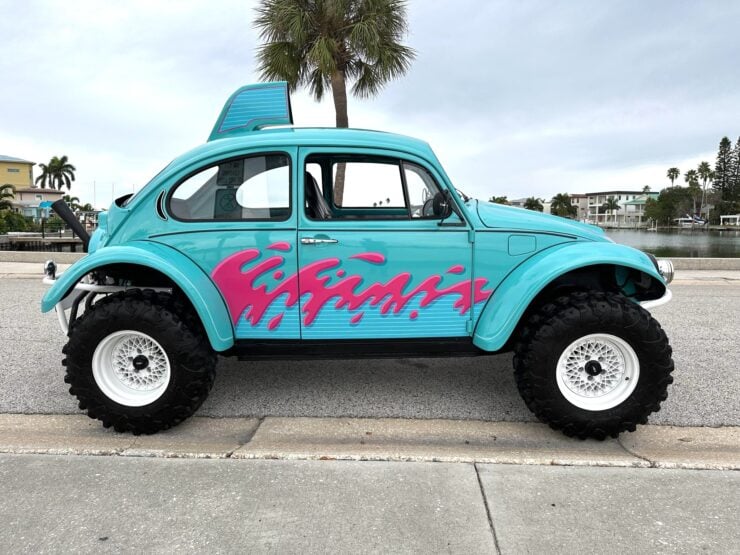
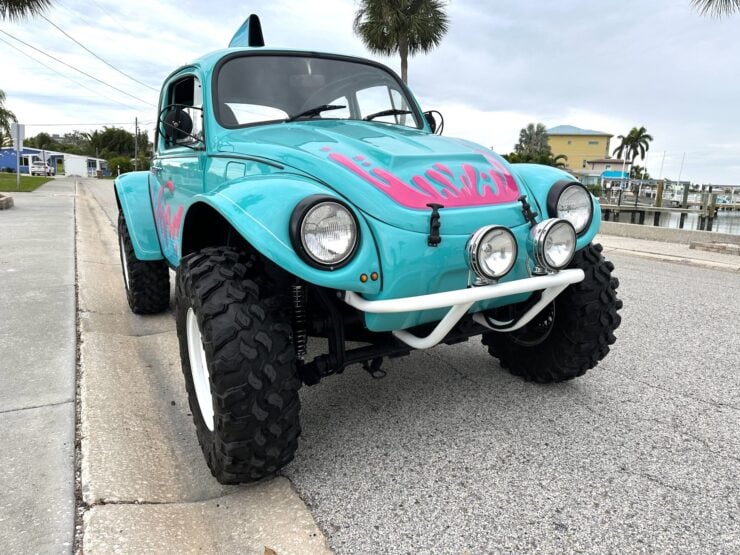
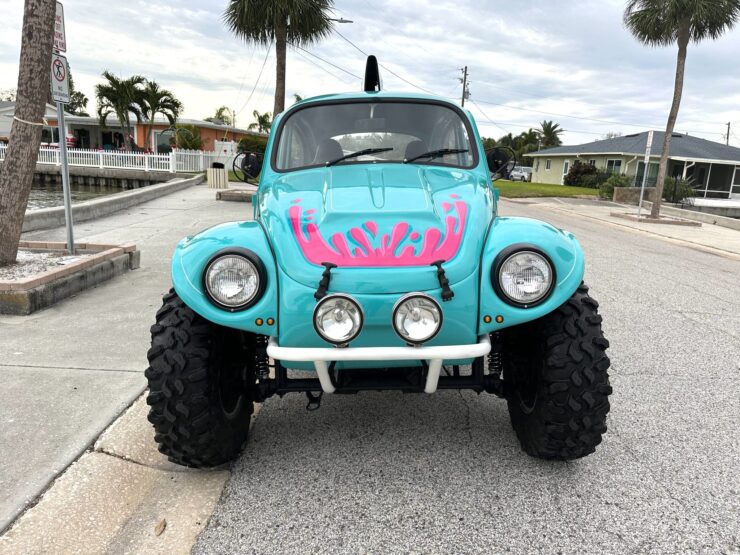
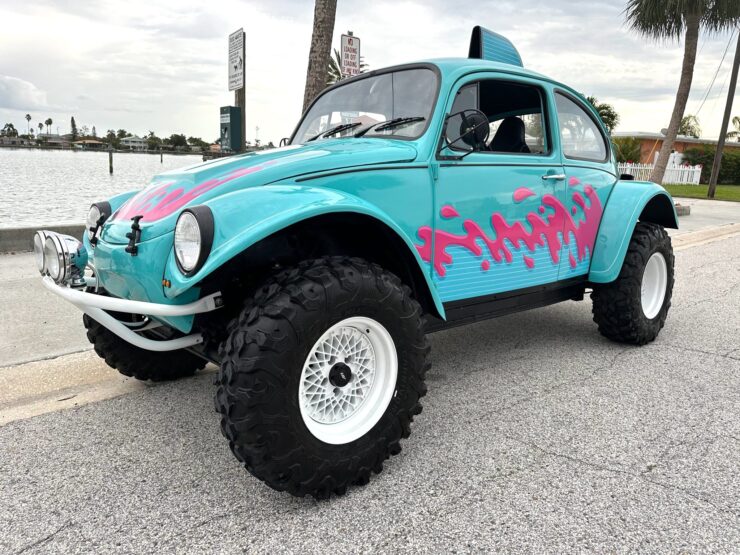
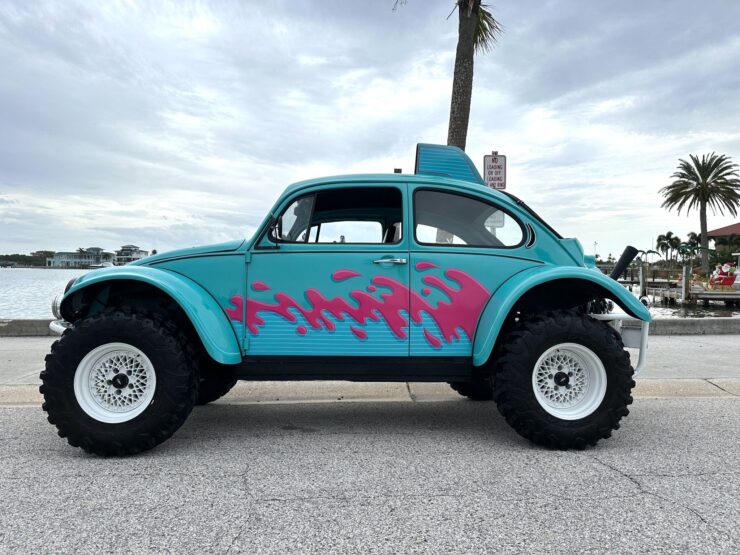
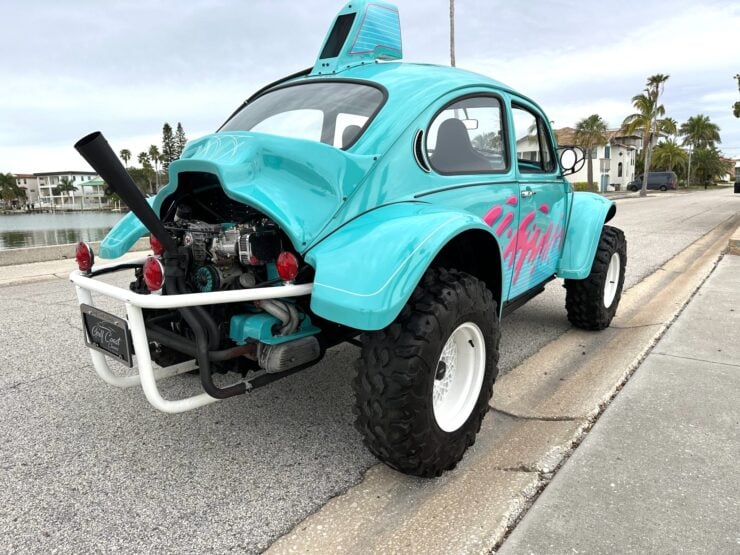
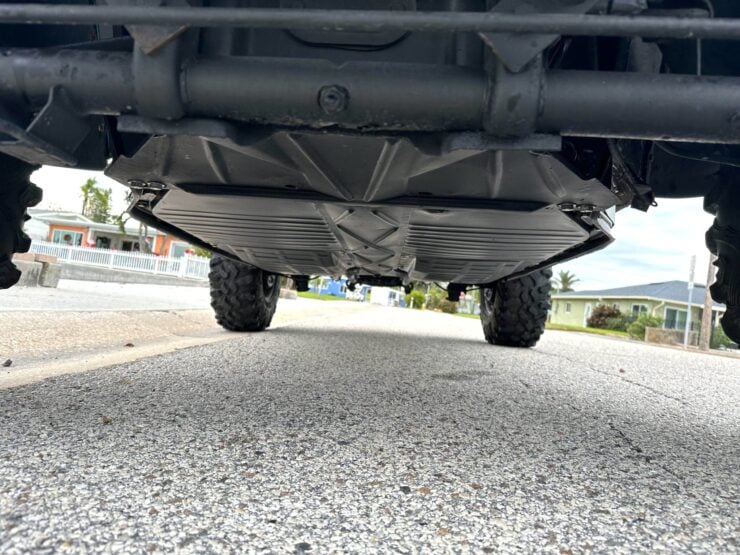
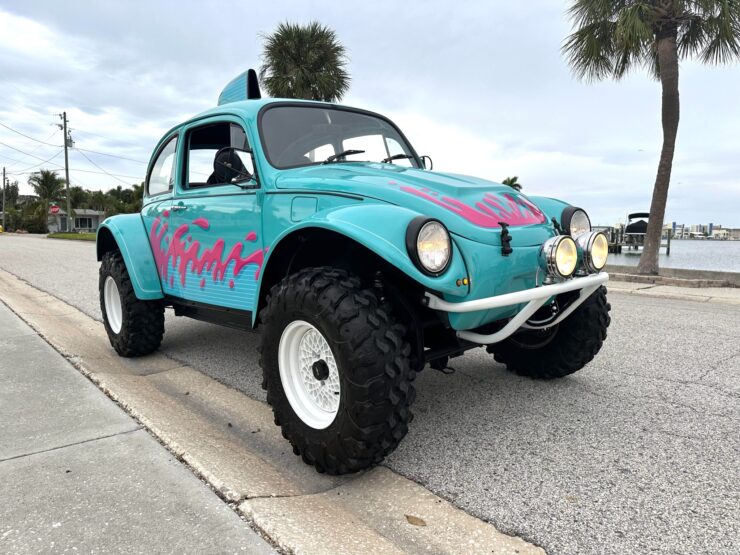
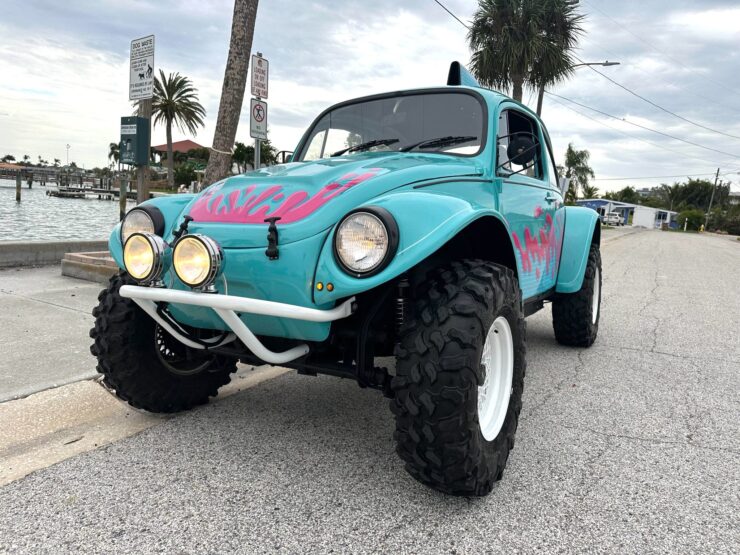
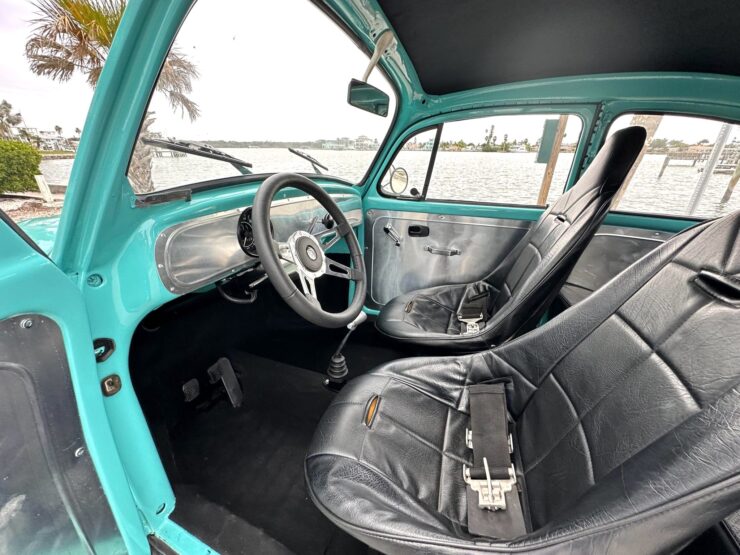
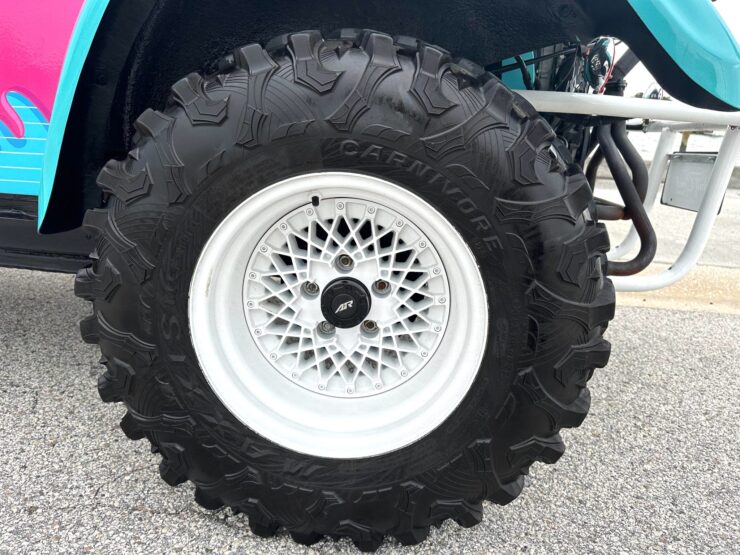
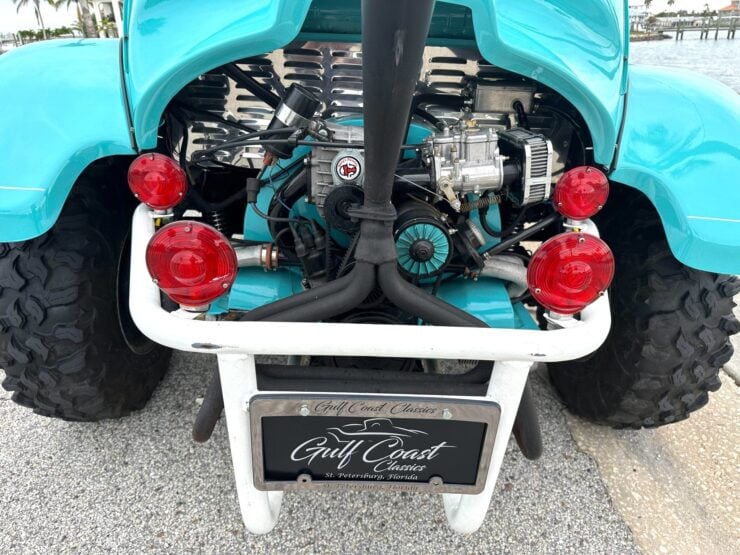

Images courtesy of Bring a Trailer

